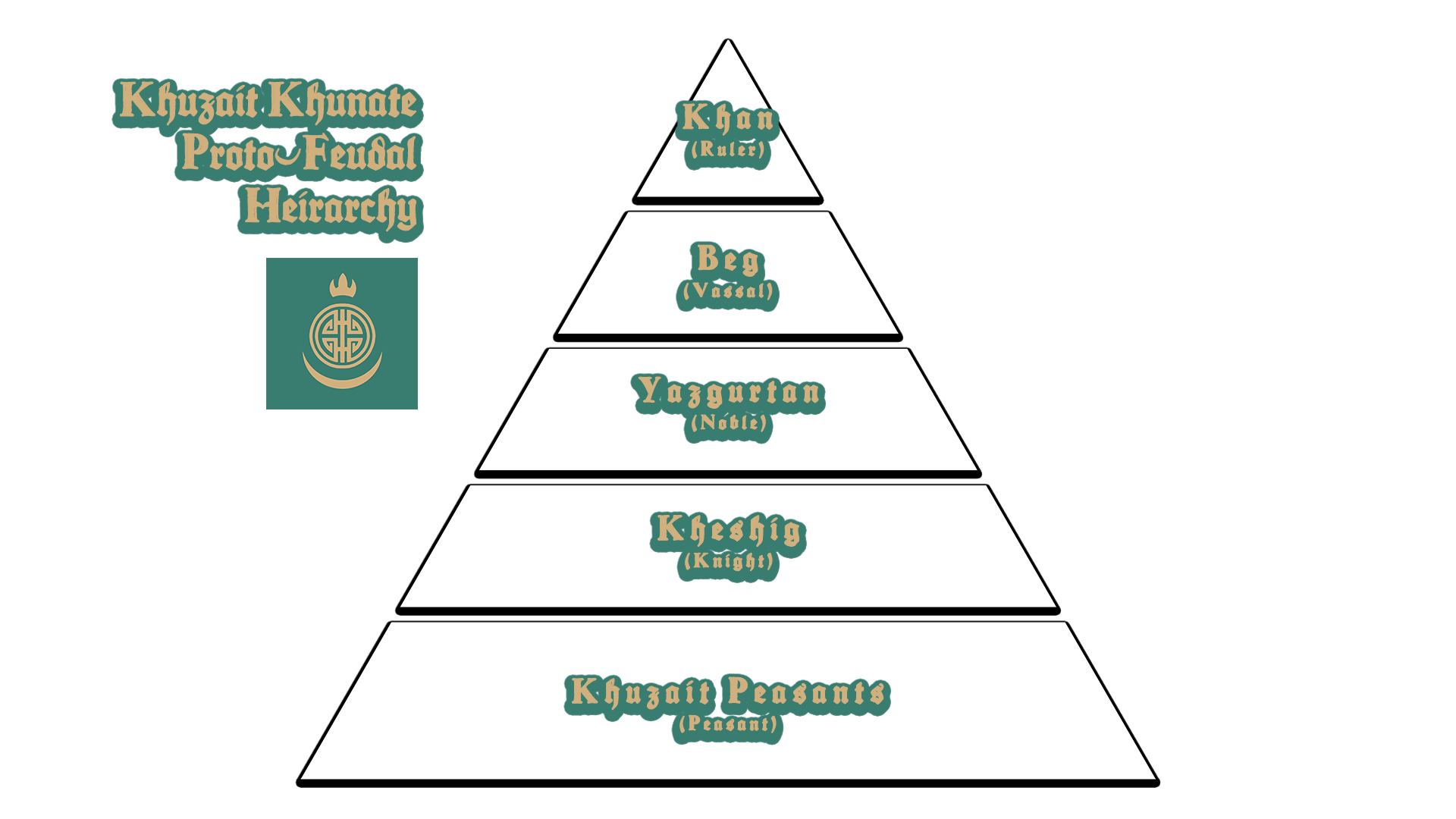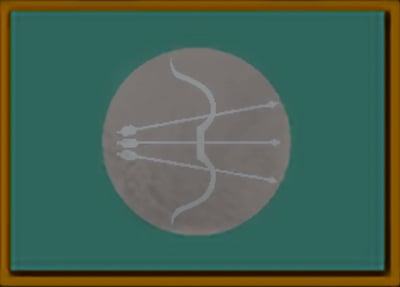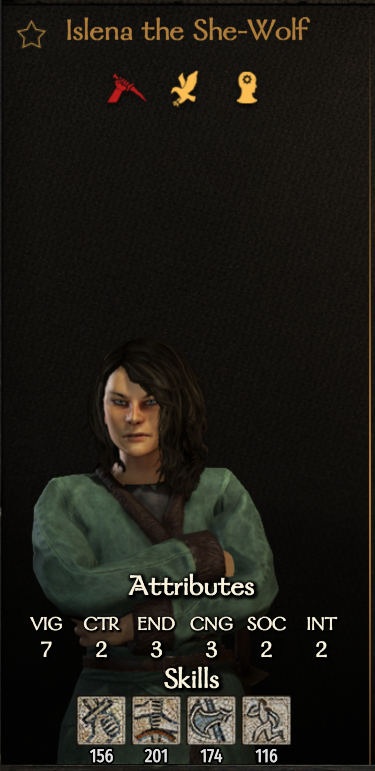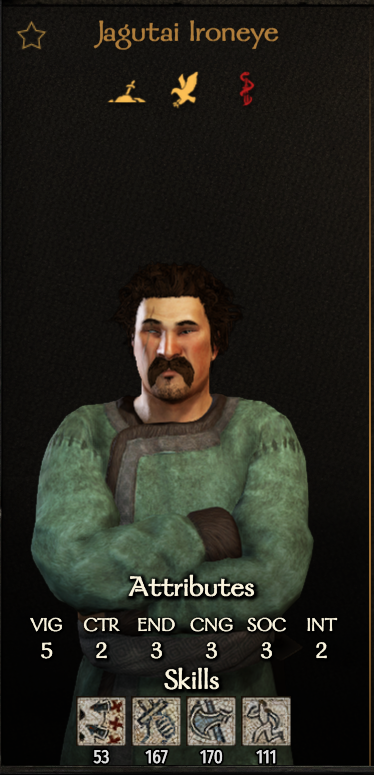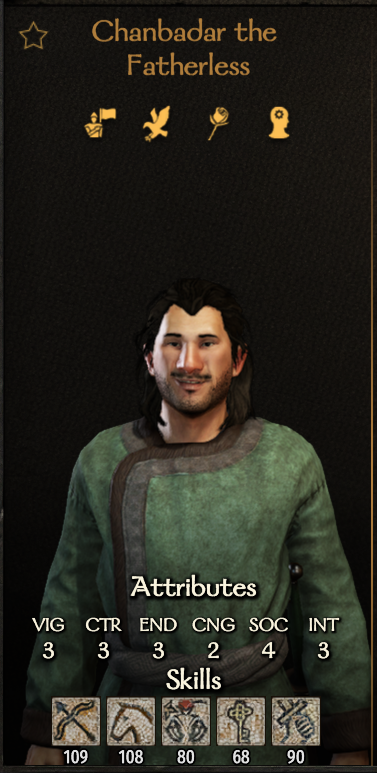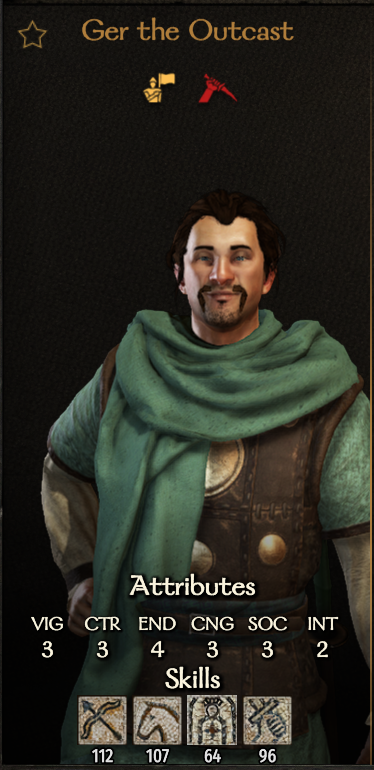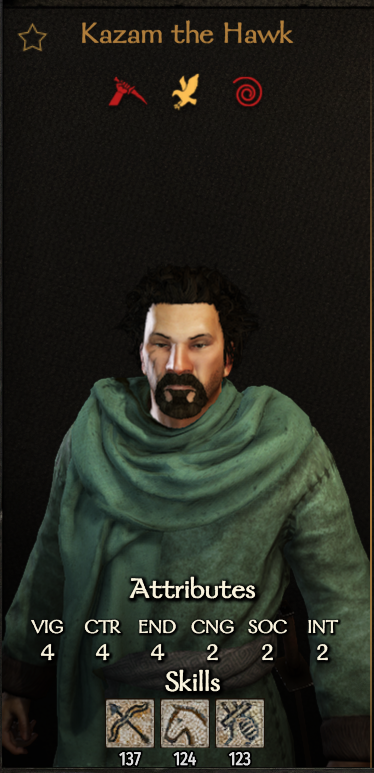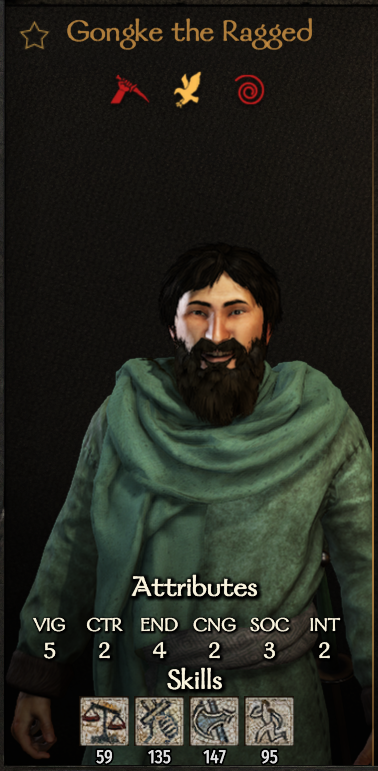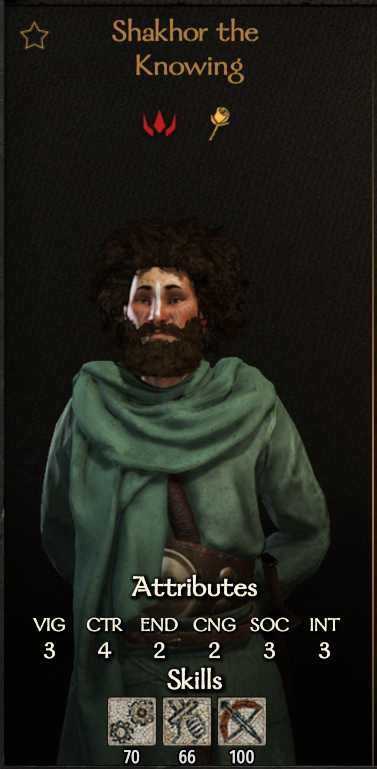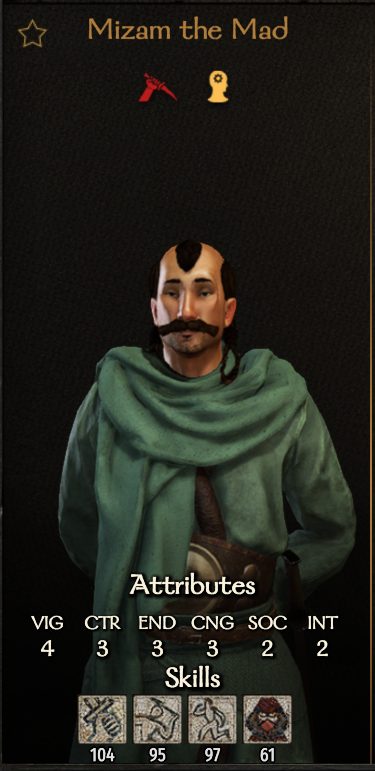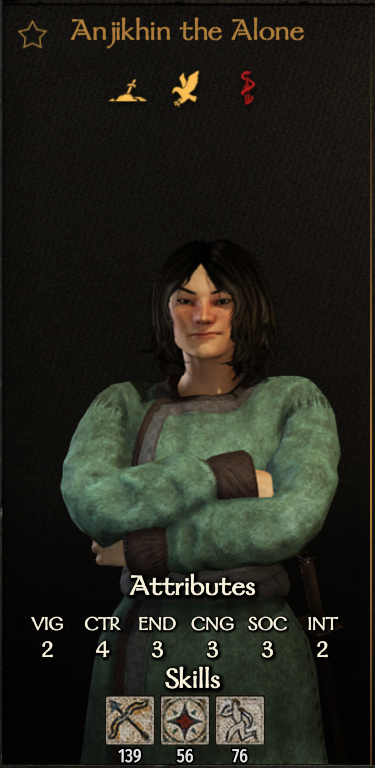![khuzait_2_[upscaled] khuzait 2 [upscaled]](/file/Mount-and-Blade-2-Bannerlord/khuzait_2_[upscaled].png) the Khuzait Khanate
the Khuzait Khanate
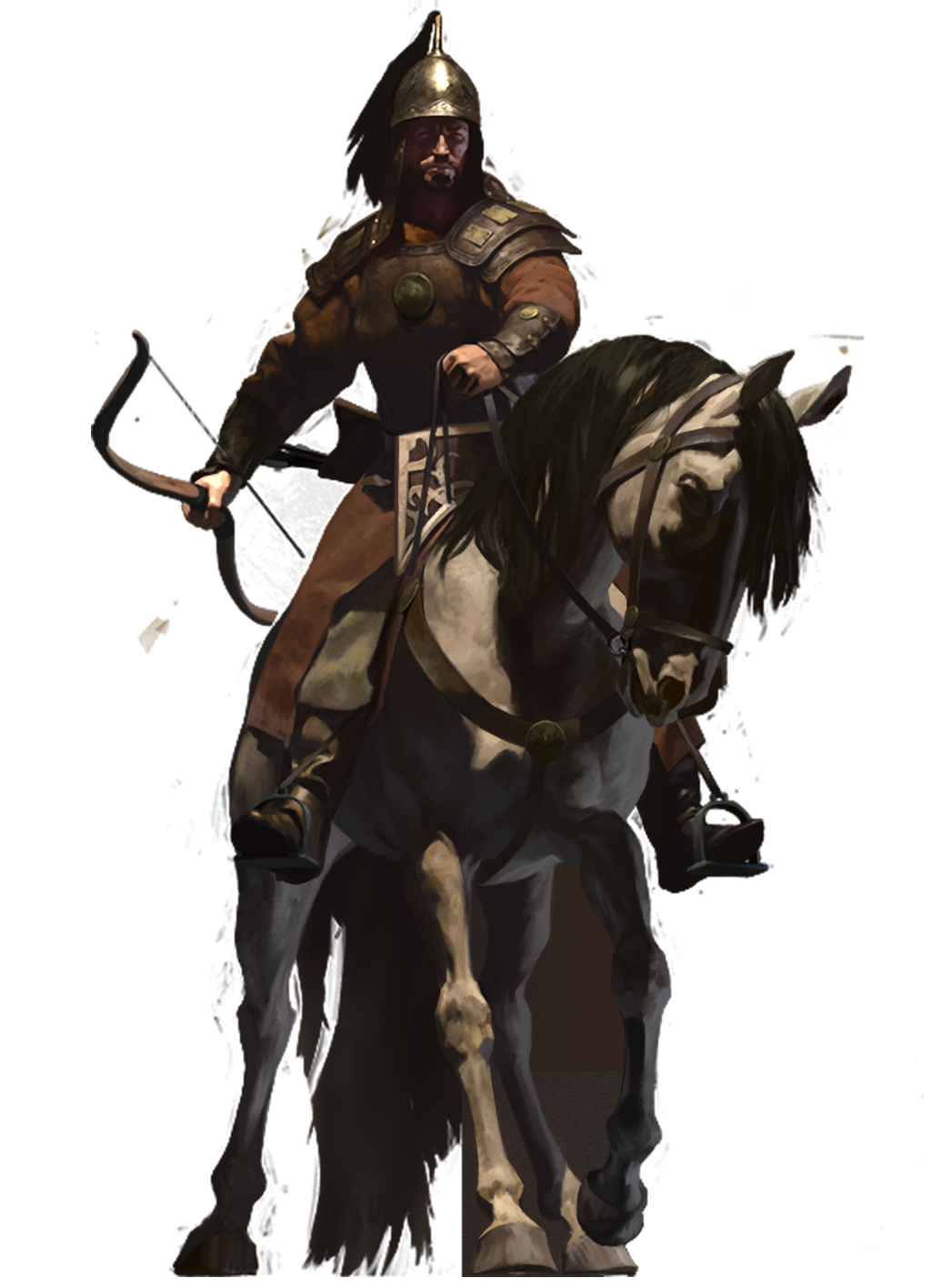 Former-Confederacy Turned Feudal Chiefdom
Former-Confederacy Turned Feudal Chiefdom
Tribal Nomads. Traditionalists to Horses and Bows. Spinning Beautiful Tales and Sagas in an Evolving Agrarian Society.
Ruling Khan - Monchug Urkhunait
Backstory & History
The Culture
The tribes that live in the great sea of grass east of the Empire have many names: Nachaghan, Arkits, Khergits, Karakhergits. Outsiders, however, usually refer to them collectively as the Khuzaits, after the clan that in the last two generations forged them into a conquering army. When Urkhun the Great accepted the surrender of the trading cities on the edge of the steppe, he ordered his noyans to give up their wandering lifestyle. They were given fiefs and money to build fortresses, and encouraged to turn local farmers into their tenants. Yet the tribes of the Khuzait confederacy still retain many of their nomadic traditions, and felt yurt tents stand next to mud-brick towers in settlements that are half-village, half-encampment. [— spcultures.XML]
The Khuzaits thundered into the steppes west of Lake Baetiros two generations ago, driving other nomads before them. They and their vassal tribes, the Khergit and the Arkit, seized some of the cities on the fringe of the empire. They grew rich on the caravans from the lands of the Padishah to the east, trading in their yurts for carpeted palaces. But they still lead raids into the heart of the empire, their swift horse archers spreading terror for leagues around their armies. [— spclans.XML]
The Kingdom
For centuries, the tribes in the vast steppe east of the Empire were content to live as nomads, venturing into the imperial lands to raid and trade, and then returning to their ancestral freedom. Two generations ago, however, something happened far away to the east - a change in the winds, perhaps, or some terrible but distant conqueror - and the horse clans were set in motion. Urkhun the Khuzait led the nomads nearest the Empire into its far eastern provinces, conquering the towns and forming a khanate. He imposed discipline on the unruly clans, forcing them to ride to war on his command instead of simply when they wished. But after his death, the spirit of unity that he inspired was lost. His descendants still rule the khanate. But some of the other Khuzait leaders chafe under the authority of the current khan, Monchug, and others dream of becoming khan themselves. [— spkingdoms.XML]
The Leader
Monchug, the current khan of the Khuzaits, looks upon the Empire in its state of disarray and dreams of glory, of surpassing his ancestor Urkhun and conquering even deeper into the settled lands. Some of the clans have been decimated by the Urkhunids' wars, however, and feel their sacrifices have not been properly rewarded. They yearn for a khan who is less interested in glory, and more interested in justice. [— heroes.XML]
In Summary
The Khuzait confederation of steppe tribes used to live a nomadic life, but have recently settled in the eastern frontier of the Empire and are slowly transitioning into an agrarian society with permanent town centers. Despite this, they still retain many aspects of their nomadic life, including their affinity with horses. They are masters of mounted archery, shooting and then galluping out of reach. [— (StoryMode) module_strings.XML]
Banners |
Clan |
Leader |
Settlements |
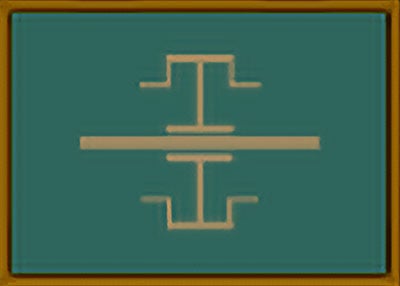 |
UrkhunaitRuling Clan - Cunning, Generous and Authoritative - Descendants of Urkhun Khan / Khagan the 'Hero' |
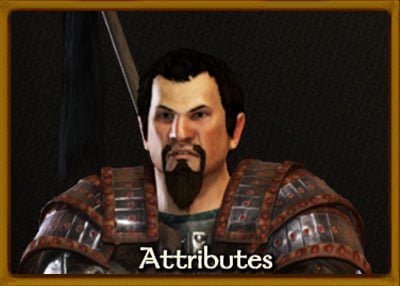 |
|
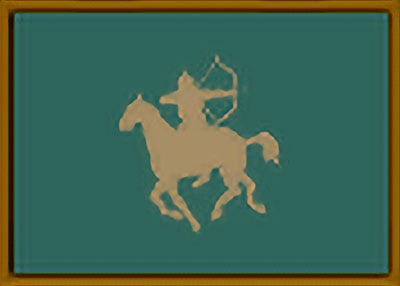 |
KhergitThe 'Roan Horses' - Valuable well Disciplined Warriors - Historically One of the Largest and Oldest Clans, now Shrunken Over Time With a Laundry List of Complaints over Injustices Dealt by Smaller Clans - Competing with Arkit - Brave but Nervous and Resentful |
 |
|
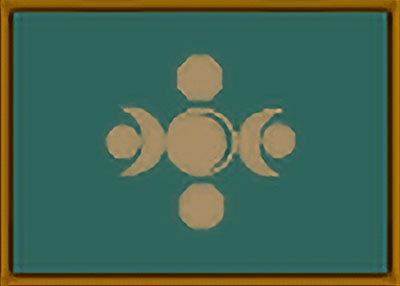 |
ArkitMost Ancient Nomadic Clan - Oathsworn to Urkhun and the Khanate - the 'Children of the Sky' - Formerly the Richest Tribe - Cautious and Tight Pursed - Heir is Impulsive and Honorable, Heiress is Rogue Princess - Lieutenant is Ruthless Enactor of Clan Will - Finally Undul, Brother of Tulag, Killed by Siga of Clan Kuloving, Sturgia |
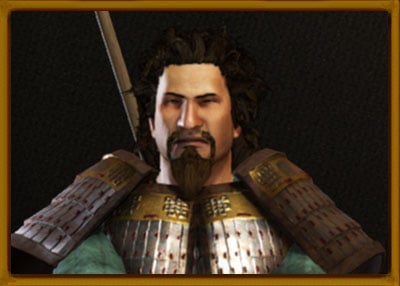 |
|
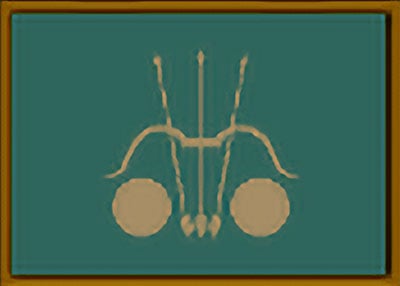 |
TigritClan of Hurunag, the 'Raging' - Heiress Unagen, is Cunning and Proficient in Tactics |
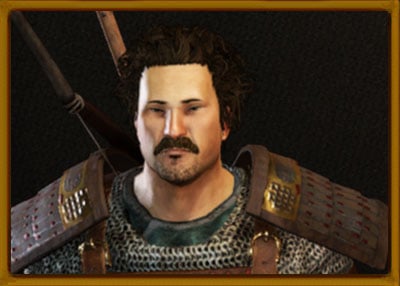 |
|
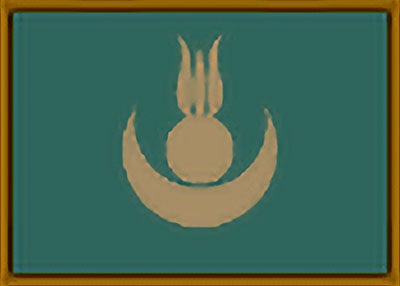 |
HarfitCautious and Calculating Clan - with Martial or Warlike Lieutenant |
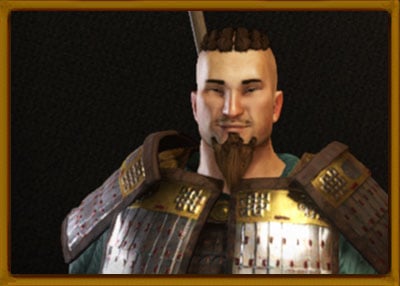 |
|
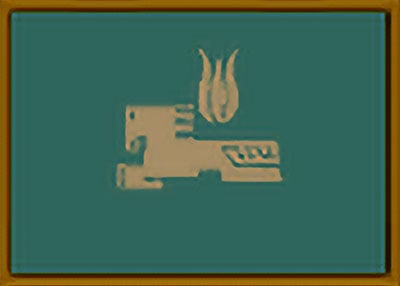 |
BaltaitMerciful, but Sardonic and Impulsive Clan Leader - A Harsh Lieutenant |
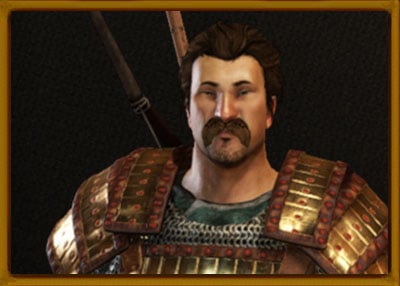 |
|
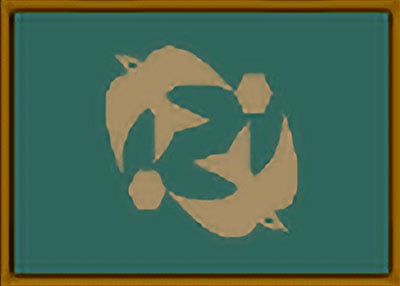 |
KoltitHead of Clan is Quiet and Honorable, but is a Follower not a Leader - Lieutenant is Brave and Efficient |
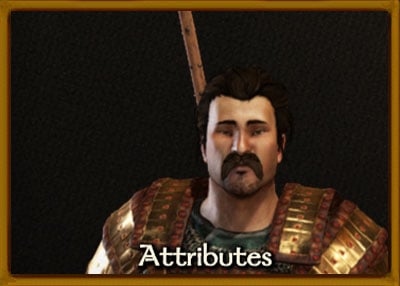 |
|
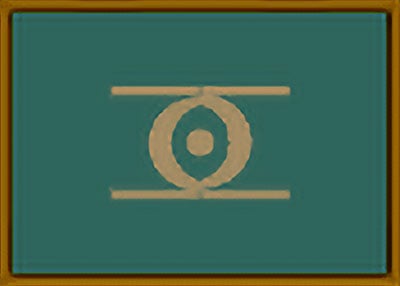 |
YanseritCruel and Devious and Ferocious Clan - Clever and Manipulative |
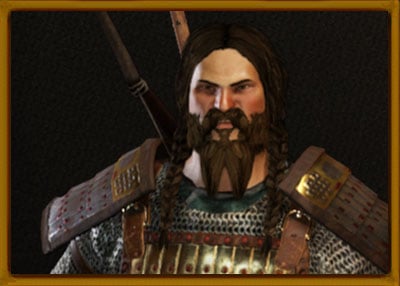 |
|
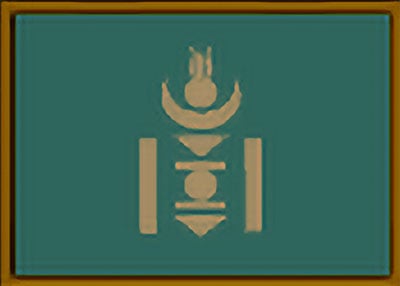 |
OburitHonorable Clan, More Invested in Trading than War - Better Suited for Administration |
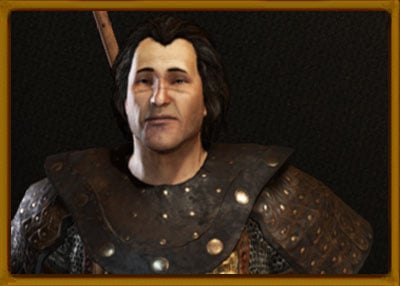 |
Khuzait Territory |
||
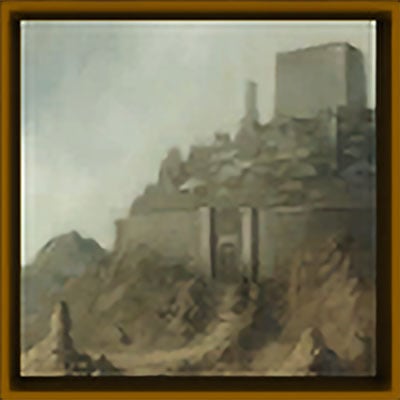 |
Towns |
|
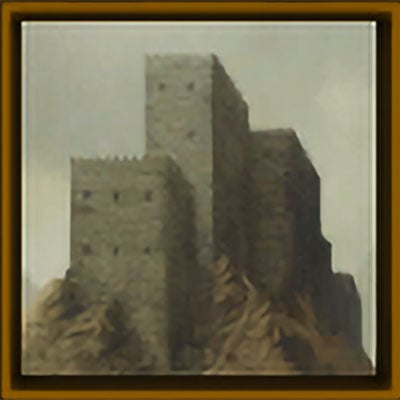 |
Castles |
Khuzait Castles List |
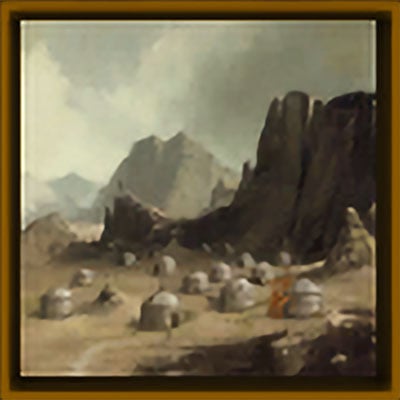 |
Villages |
Khuzait Villages List |
Minor Clans of the Khuzait |
||||||
|
Khuzait Wanderers |
||||||||||||||||||||||||
|
Dev Diaries:
Dev Blog 03/05/18
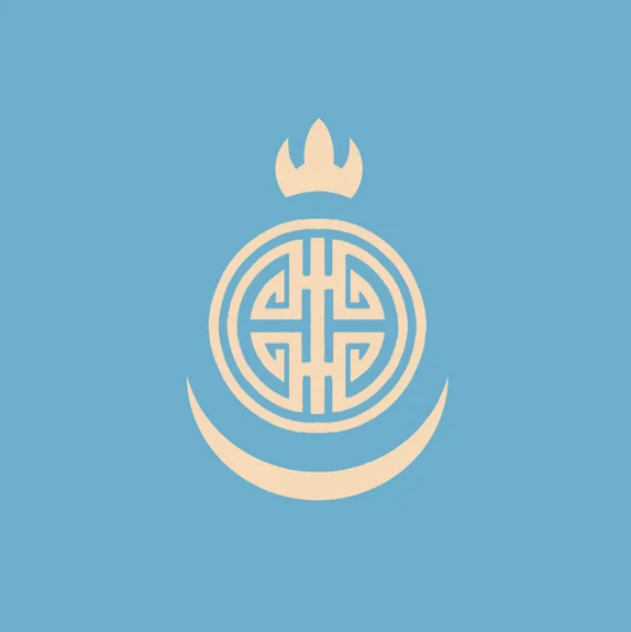 The horse lords, hailing from the eastern steppe of Calradia, draw their inspiration from the steppe peoples of central Asia. We took the colours for the banner directly from the open plains which they roam, with the main colour being a light shade of sky blue. Our original designs for Khuzait drew inspiration from Turkic and Mongolian illustrations but we felt that these designs looked a little too peaceful and we wanted something a little more impactful and aggressive. We decided to incorporate sun and moon shapes into the design as these shapes are important to Central Asian people.
The horse lords, hailing from the eastern steppe of Calradia, draw their inspiration from the steppe peoples of central Asia. We took the colours for the banner directly from the open plains which they roam, with the main colour being a light shade of sky blue. Our original designs for Khuzait drew inspiration from Turkic and Mongolian illustrations but we felt that these designs looked a little too peaceful and we wanted something a little more impactful and aggressive. We decided to incorporate sun and moon shapes into the design as these shapes are important to Central Asian people.
Dev Blog 09/11/17
Greetings warriors of Calradia!
A century ago, the eastward expansion of the Empire met the great sea of grass in the centre of the continent. Beyond that, with no farmland where the legions could forage, they could conquer no more. They fortified their most recent acquisitions, the great trading cities on the steppe's edge, confident that the disorganized horse tribes beyond the frontier posed no major threat. Khuzaits, Nachaghan, Arkits, Khergits, Karakhergits - imperial officials barely even bothered to learn the names of the various clans and peoples, except when it was necessary to turn one chief against another with a bribe, or remove a rising khan with a vial of poison.
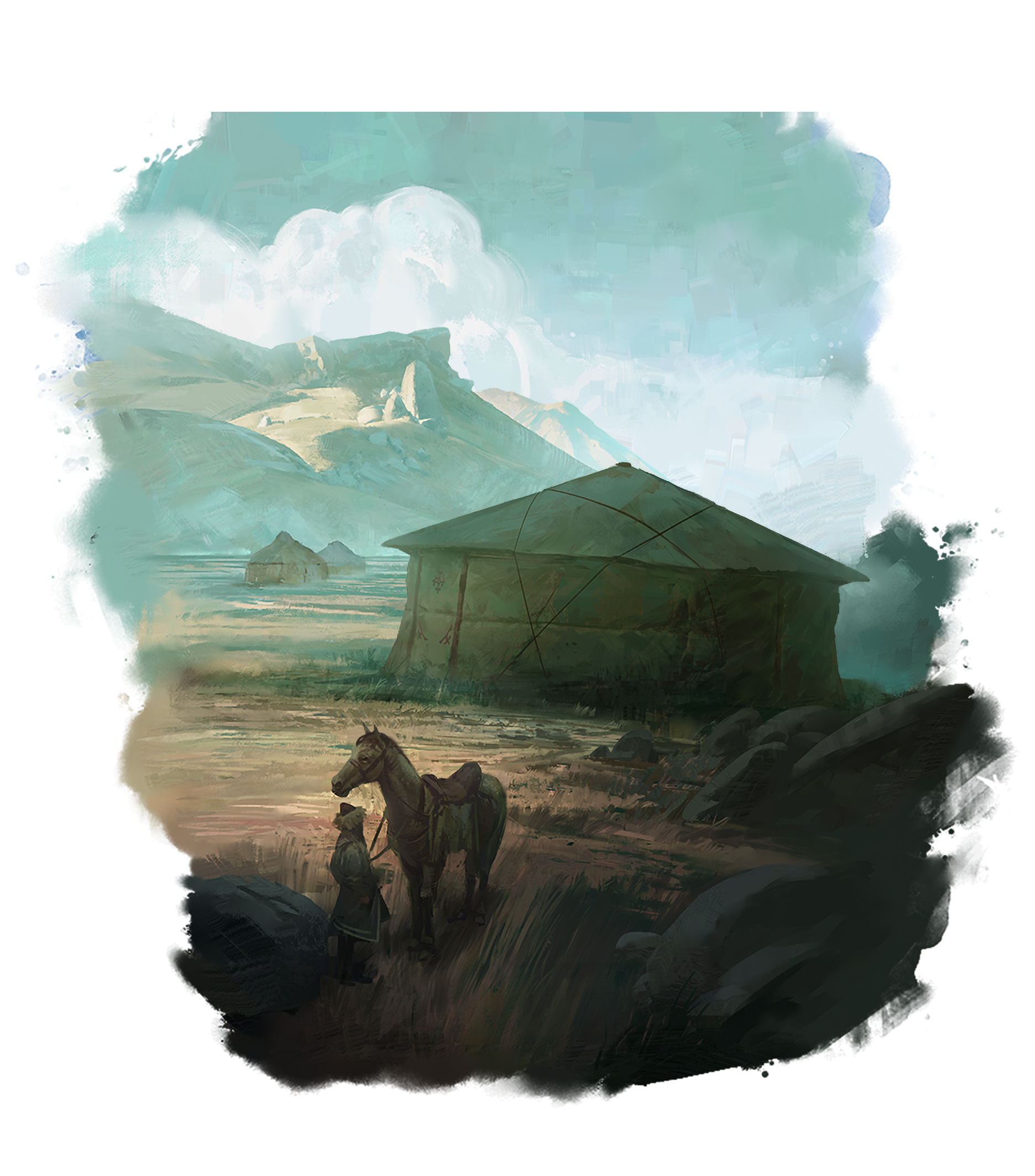 The steppe tribes were well aware how the Empire toyed with them. But they were jealous of each other, and an imperial title, a princess bride, or a chest of gold could give them a slight edge in the endless struggle for prestige and precedence. They raided, traded, took protection money to "escort" caravans across the steppe, and left the game of conquest to the settled peoples. Two generations ago, however, something happened far away to the east - a change in the winds, perhaps, or some terrible but distant conqueror - and the horse clans were set in motion. New tribes pushed westward, seeking fresh pastures. Unwilling to be crushed in the middle, the clans nearest the empire formed a confederacy under Urkhun the Khuzait. They caught the Empire in a moment of overconfidence. A force of legions was annihilated, the trading cities capitulated, and Urkhun's confederacy was now a khanate.
The steppe tribes were well aware how the Empire toyed with them. But they were jealous of each other, and an imperial title, a princess bride, or a chest of gold could give them a slight edge in the endless struggle for prestige and precedence. They raided, traded, took protection money to "escort" caravans across the steppe, and left the game of conquest to the settled peoples. Two generations ago, however, something happened far away to the east - a change in the winds, perhaps, or some terrible but distant conqueror - and the horse clans were set in motion. New tribes pushed westward, seeking fresh pastures. Unwilling to be crushed in the middle, the clans nearest the empire formed a confederacy under Urkhun the Khuzait. They caught the Empire in a moment of overconfidence. A force of legions was annihilated, the trading cities capitulated, and Urkhun's confederacy was now a khanate.
The horse lords now ruled over towns and farmers and counted tariffs and cropland. Urkhun imposed discipline on the unruly clans, forcing them to ride to war on his command instead of simply when they wished. But with the coming of statehood and its burdens, the spirit of unity was lost. Urkhun died, and though his descendants still rule the Khuzait Khanate, the other clans feel that they should be the ones to raise the nine-horsetail banner that symbolizes the supreme authority.
The Khuzait Khanate draws its inspiration from the steppe peoples of central Asia. Genghis Khan's alliance is probably the best known example, thanks largely to the remarkable document, the Secret History of the Mongols, which chronicled the Khan's rise from lone fugitive to the ruler of one of the greatest empires the world has seen. The Khuzaits are based partially on the Mongols but also on their more modest cousins, the Avars, Göktürks, Kipchaks, and Khazars, who were more regional powers than global ones.
The nomads-turned-kings swiftly took on many of the cultural aspects of the peoples they conquered, so that the various Mongol or Turkic dynasties dressed, feasted, worshipped and administered their lands like the Chinese or Persian rulers who came before them. But it's clear that they still fondly remembered their heritage out on great grasslands. Travellers to the Uyghur capital of Ordu-Baliq wrote that the khan built a great yurt on top of his palace, apparently feeling most at ease in the felt tents of his ancestors even as he also enjoyed the protection of walls. We try to make the Khuzaits' settlements reflect this cultural mixing. And for those holdouts who would never submit to a khagan no matter what security or riches he offers, we have a minor faction, the Karakhergits, who keep the old ways.
The Khuzaits' military strength is their horse archers, who combine firepower with mobility. Computer games traditionally have a hard time striking the right balance for mounted bowmen - sometimes they could stay out of reach until the enemy broke, such as when the Parthians wiped out Crassus's legions at Carrhae, but they could also be brought to battle and broken, such as when Attila the Hun was defeated by Aetius at the Catalaunian Fields. There are many reasons why even the swiftest horse archers couldn't just dance away from close combat forever - the endurance of the horses and the supply of arrows, the need to protect baggage and ensure a water source. Usually the horse armies' greatest victories, like Kalka River or Manzikert, ended with a final climactic melee. With this in mind, Bannerlord is working to make control of the battlefield more important, so that skirmishing is usually a prelude to a clash and horse archer armies are exciting both to command and to fight.
